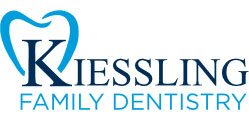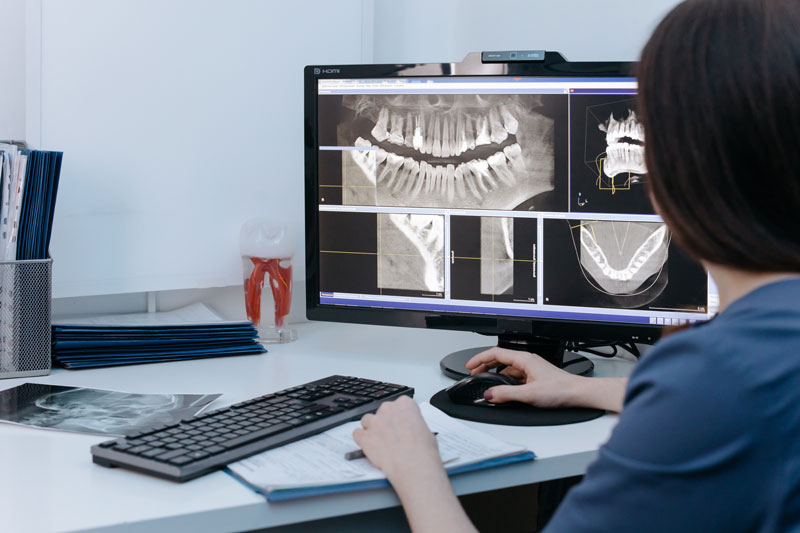Importance Of Digital X-Rays
X-rays (or radiographs) are an important part of any dental treatment plan. Many existing or developing problems are not visible with a routine visual examination. In general, x-rays expose the hidden structures of your teeth, gums and jawbone. Without the aid of an x-ray, your dentist may miss early decay forming invisibly between teeth.
Digital X-rays are pictures of the teeth and bone that assist your dental team in diagnosing abnormalities in your mouth. Early detection and treatment of dental problems saves you time, money, unexpected emergencies and the lasting use of your teeth!
What Can Digital X-Rays Reveal?
- Developmental abnormalities
- Abscesses or cysts
- Loss of bone
- Tumors which may be cancerous
- Tooth decay between the teeth
- Problems inside your teeth or jaw bone
How often x-rays are needed depends on each patient. Your dental health team will work with you to determine your needs.
For new patients, we may recommend a full series of dental x-rays to ensure we have a complete picture of your current dental health. This x-ray series is usually good for several years.
Are Digital X-Rays Safe?
Digital X-rays are safe and performed by our trained team of dental professionals. Accordingly, they are a vital tool in preventing serious dental issues. As well, digital X-rays produce much less radiation than traditional dental x-rays. The amount of radiation in a full mouth series is less than your daily radiation exposure from natural sources.
If you need more information about x-ray safety, please discuss your concerns with your dental team. We are here to provide honest answers to your questions and help you make an informed decision.
Types of X-Rays
Bite-Wing X-Ray: A bite-wing is an x-ray taken with the top and bottom teeth together. Bite wing x-rays provide a visual of how the teeth touch one another and help detect tooth decay. These x-rays are often done at periodic recall visits.
Periapical X-Ray: A periapical x-ray captures the whole tooth. It provides a visual from the crown, which is the chewing surface, to the bone that helps support the tooth below the gum line. This x-ray is used to detect problems below the gum line such as impacted teeth, fractures, abscesses, tumors and other changes to the bone linked to disease.
Panoramic X-Ray: A panoramic x-ray provides an extraoral and simple-to-perform view of the mouth from ear to ear. Panoramic film is placed in a mechanism that rotates around the outside of the head, as opposed to x-ray film inside the mouth. Panoramic x-rays are only taken on an as-needed basis such as for orthodontic treatment, positioning of wisdom teeth or dental implants. Since panoramic x-rays are non-invasive, a patient with an extreme gag reflex may benefit from such an x-ray.
Occlusal X-Ray: Occlusal X-rays highlight tooth development. They provide views from the floor and roof of the mouth to detect developmental issues. They can be used to see extra teeth, teeth not yet broken through the gums, cleft palates and more. Embedded foreign objects can also be detected with an occlusal x-ray.

